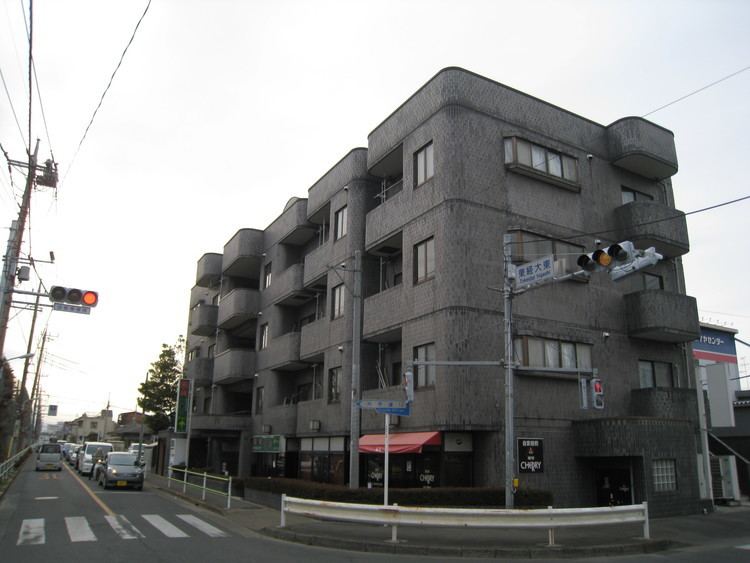Phone number 042-565-1111 Population 70,649 (Feb 2016) | Region Kantō Area 15.32 km² Local time Wednesday 12:41 PM Bird Japanese white-eye | |
 | ||
Website www.city.musashimurayama.tokyo.jp Weather 13°C, Wind NW at 18 km/h, 50% Humidity Points of interest Fantasy Kids Resort Musashimurayama, Ominami Park, Sannomori Park | ||
Musashimurayama (武蔵村山市, Musashimurayama-shi) is a city located in the western portion of Tokyo Metropolis, in the central Kantō region of Japan. As of 1 February 2016, the city had an estimated population of 70,694 and a population density of 4610 persons per km². Its total area was 15.32 square kilometres (5.92 sq mi).
Contents
- Map of Musashimurayama Tokyo Japan
- Geography
- Surrounding municipalities
- History
- Economy
- Education
- Railway
- Highway
- Twin towns and sister cities
- References
Map of Musashimurayama, Tokyo, Japan
Geography
Musashimurayama is located in north-central Tokyo Metropolis, bordered by Saitama Prefecture to the north. Upstream tributaries of the Arakawa River and Tama River flow through the city.
Surrounding municipalities
History
The area of present-day Musashimurayama was part of ancient Musashi Province. In the post-Meiji Restoration cadastral reform of April 1, 1889, the area was organized into four villages within Kitatama District in Kanagawa Prefecture. Kitatama District was transferred to the administrative control of Tokyo Metropolis on April 1, 1893. The village of Murayama was created on April 1, 1917 and was elevated to town status on November 3, 1954. The population of the town grew extremely rapidly in the 1960s with the development of public housing. Murayama was elevated to city status on November 3, 1970 and was named Musashimurayama.
Economy
The area of Musashimurayama was traditionally a center for cotton and textile production. The area remains largely agricultural, although a significant portion of the population commutes to downtown Tokyo.
Musashimurayama was the location of a Nissan automobile assembly plant, originally opened in 1962 by the Prince Motor Company. It closed in March 2001 as part of the "Nissan Revival Plan" announced in 1999. It is now a museum called Carest Murayama Megamall occupying a 213,252 square foot facility
